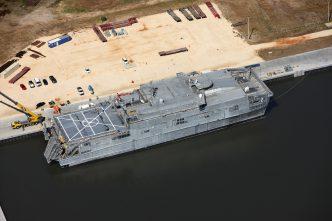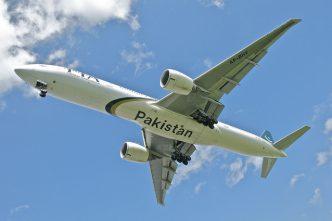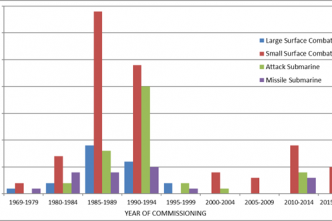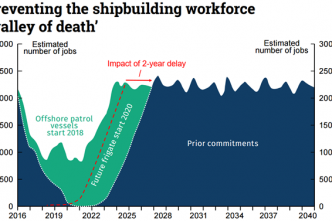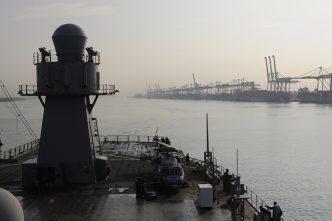The 2017 ASPI Cost of Defence will be launched tonight. Here’s the executive summary, and here’s a copy of my remarks at the launch event in Canberra. Regular readers of The Strategist will have seen my analysis of …
The 28 March 2017 landfall of Queensland’s Cyclone Debbie revealed yet again the value of having military assets readily available to rescue and support those needing help. This time it was the Whitsunday Islands, stricken …
Last week, I argued that Australia needs stronger defence. Today I suggest how that might be achieved. Current plans strengthen Australia’s defences slowly. For example, the first of our ‘future submarines’ won’t enter service until …
Australians need to face reality. There’s no viable defence against ICBMs fitted with nuclear warheads. If North Korea develops this technology it will have the capability to devastate cities in South Korea, Japan, Australia, the …
In March 2017, the Minister for Defence Industry told ABC radio that ‘We know the defence industry is driving the economy.’ He backed up that claim by referring to the just-released National Accounts for the …
Long story short: the government continues to deliver the funding promised in its 2016 Defence White Paper. Next financial year, the Defence budget will grow by over 6% in real terms, to reach $34.7 billion—equivalent …
Sea State Delays are catching, it seems—at least when it comes to building frigates. We heard on The Strategist last week about the rumoured delays of Australia’s own future frigate program; now the US Navy …
Most discussions of ‘near-peer’ conflicts in the modern context include some reference to both a ‘resurgent Russia’ and a ‘rising China’. We thought it’d be interesting to compare the navies of the two nations as …
As discussed recently on The Strategist, rumour has it that construction on the Future Frigate program is now unlikely to start in 2020. If true, that’s not a bad thing for completing the systems engineering …
The rumour du jour in defence circles this week is that the planned date for beginning work on the future frigate program has been slipped a couple years, out to 2022. That’s despite a robust …
As the recipient of more than US$200 billion worth of Chinese infrastructure and real estate investment, Malaysia is fast becoming the principal ASEAN partner in China’s One Belt One Road (OBOR) initiative. Malaysia’s need to …
Australia has historically taken a stop-start approach to naval shipbuilding, investing in a mixture of domestic- and foreign-sourced warships at uneven increments. The current Australian government is planning to invest tens of billions of dollars …

